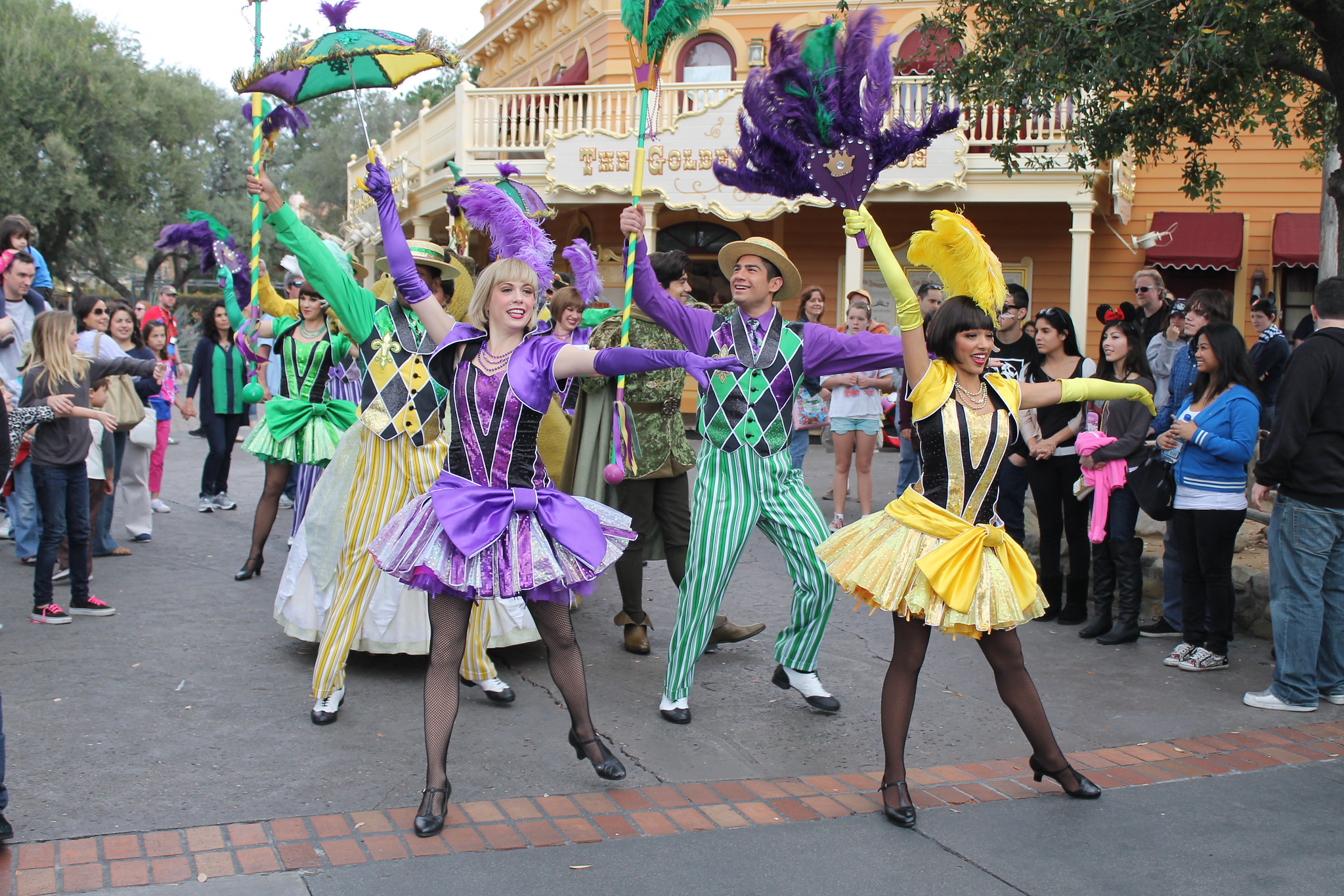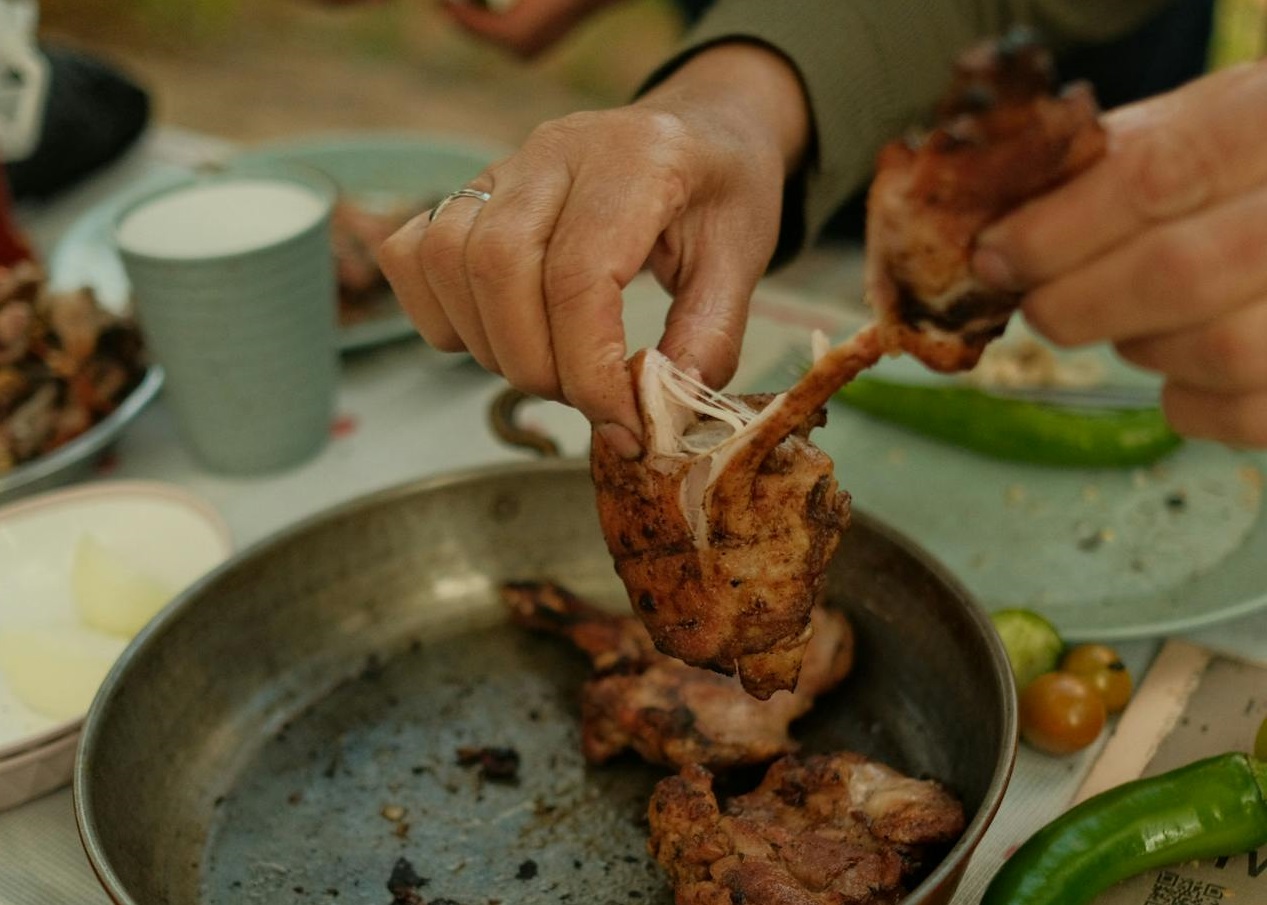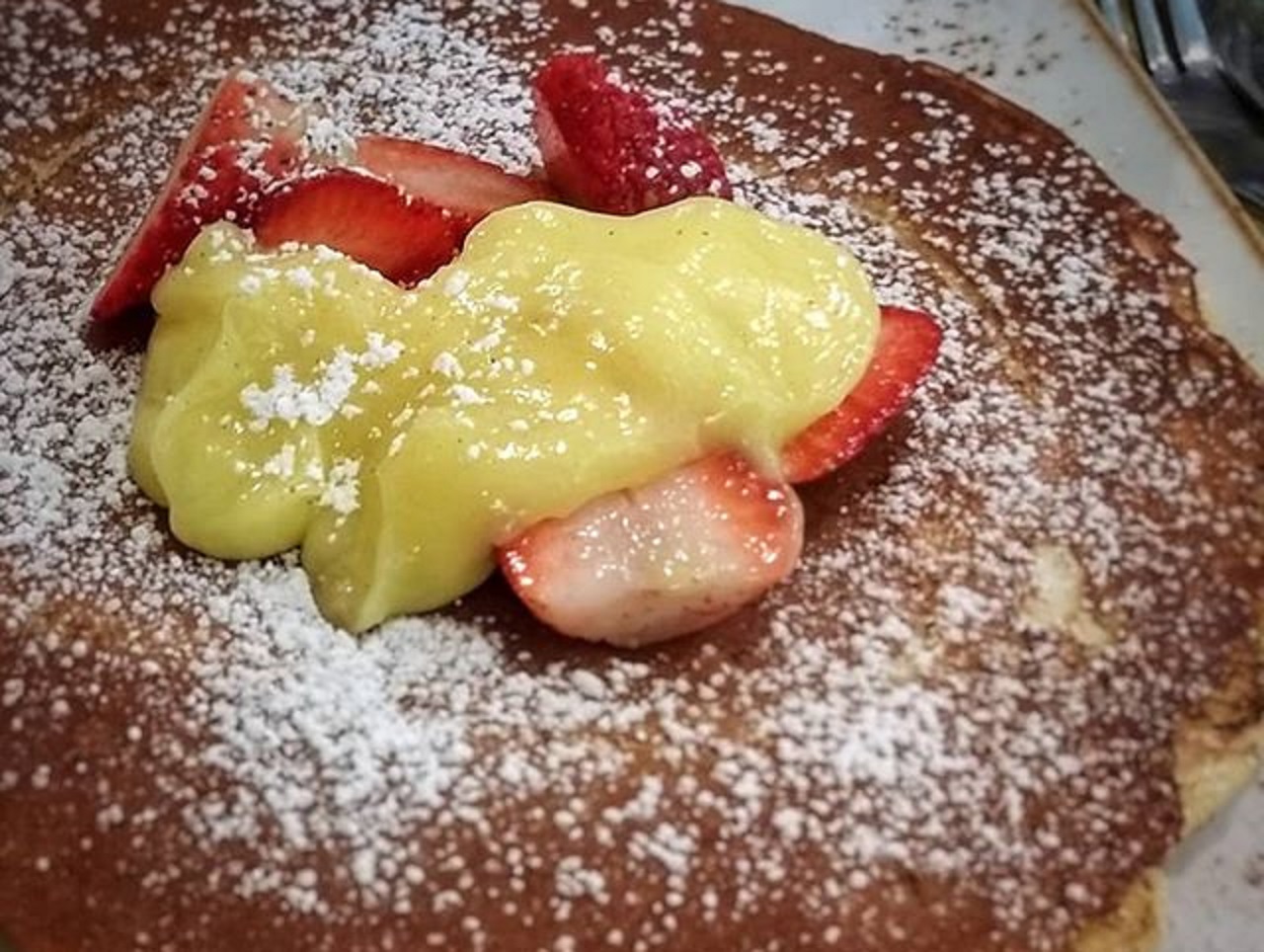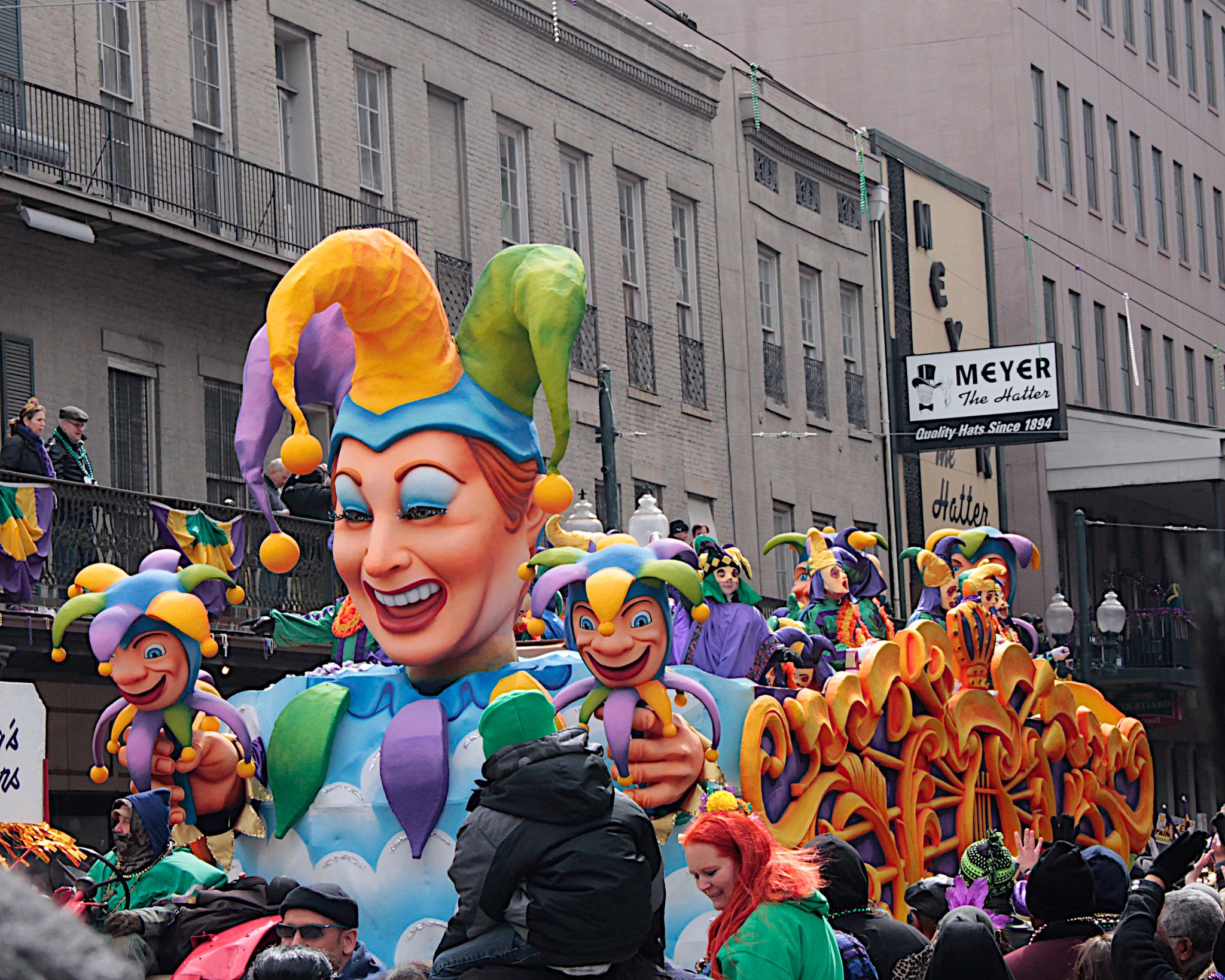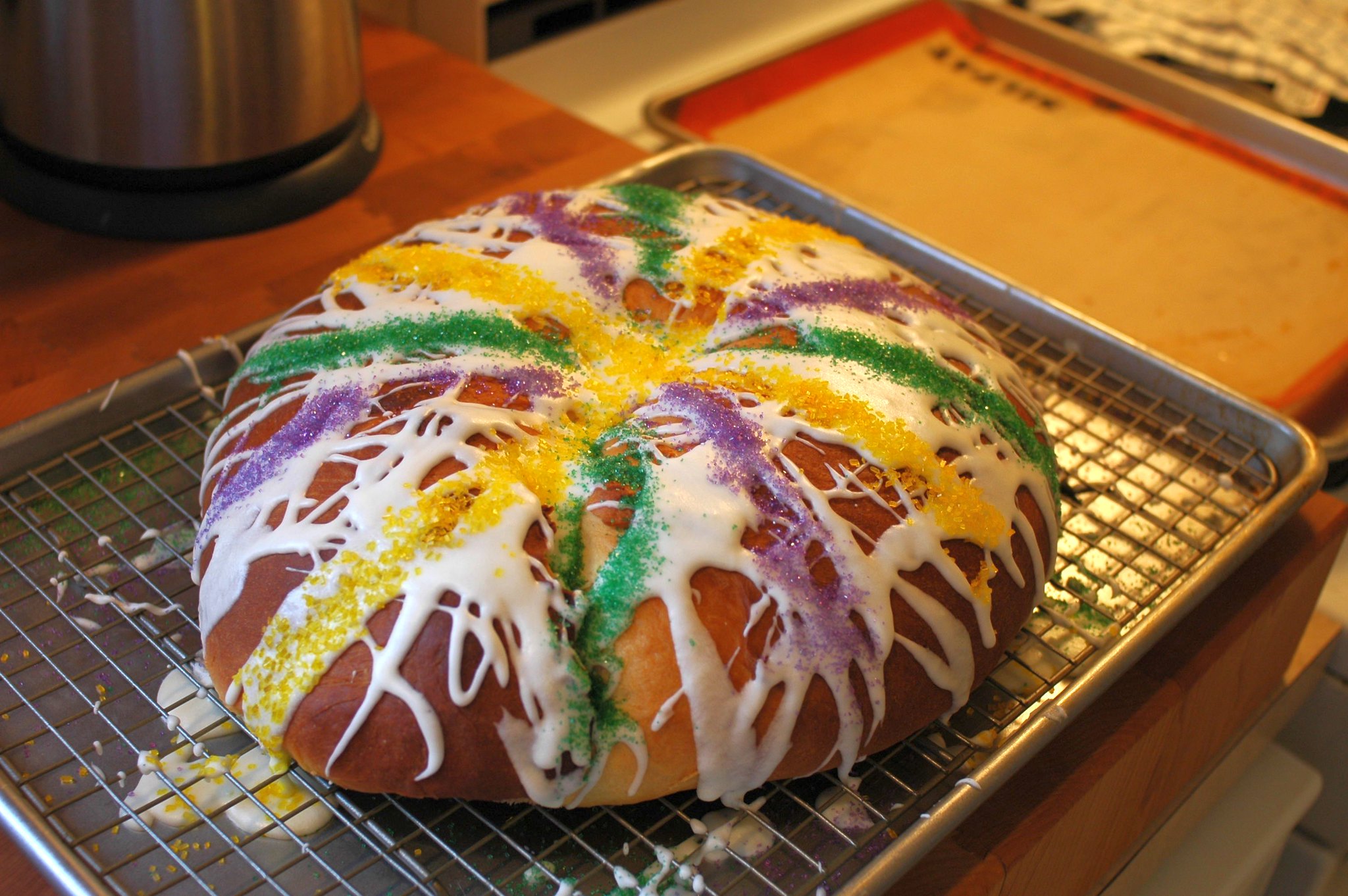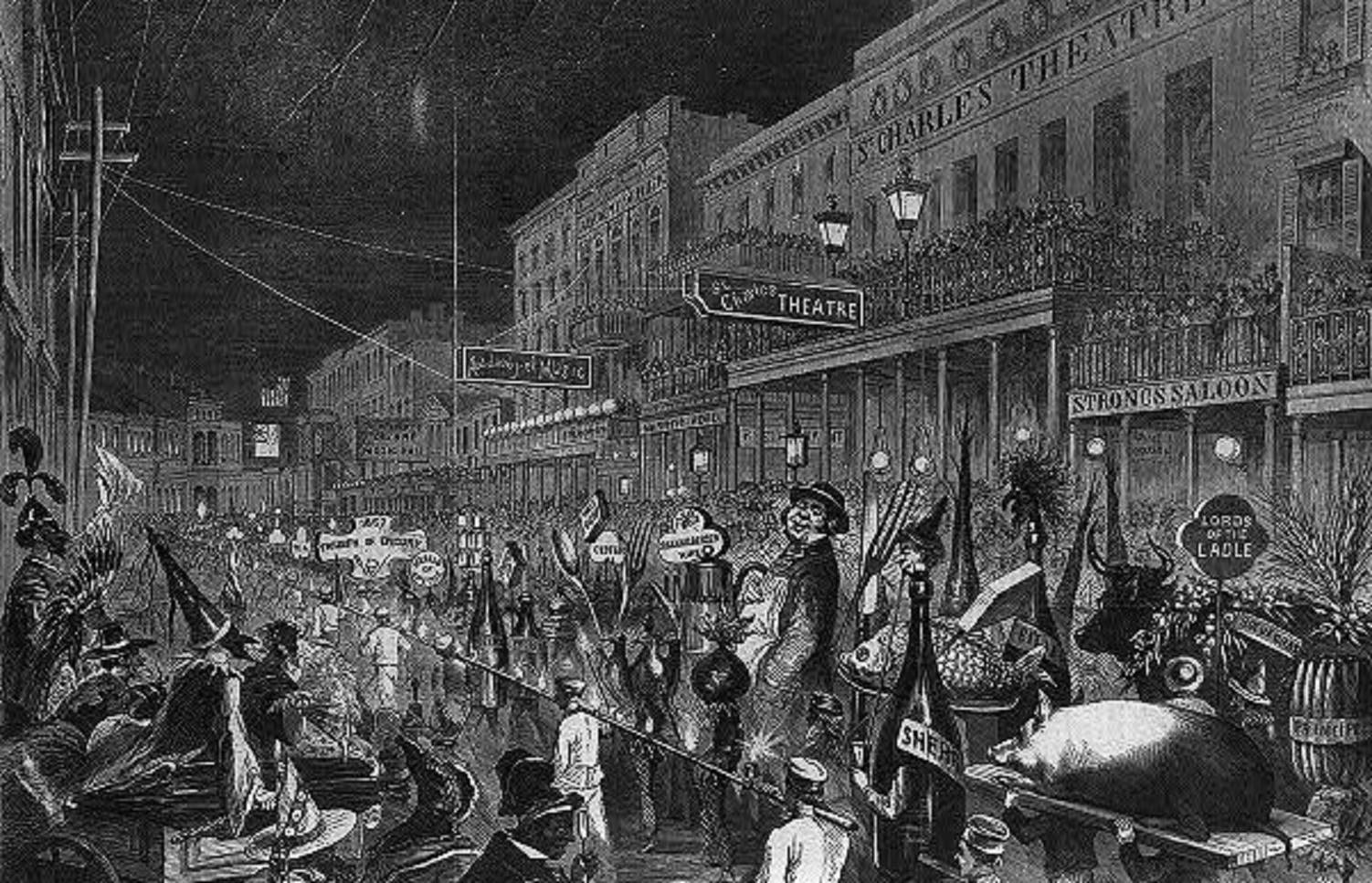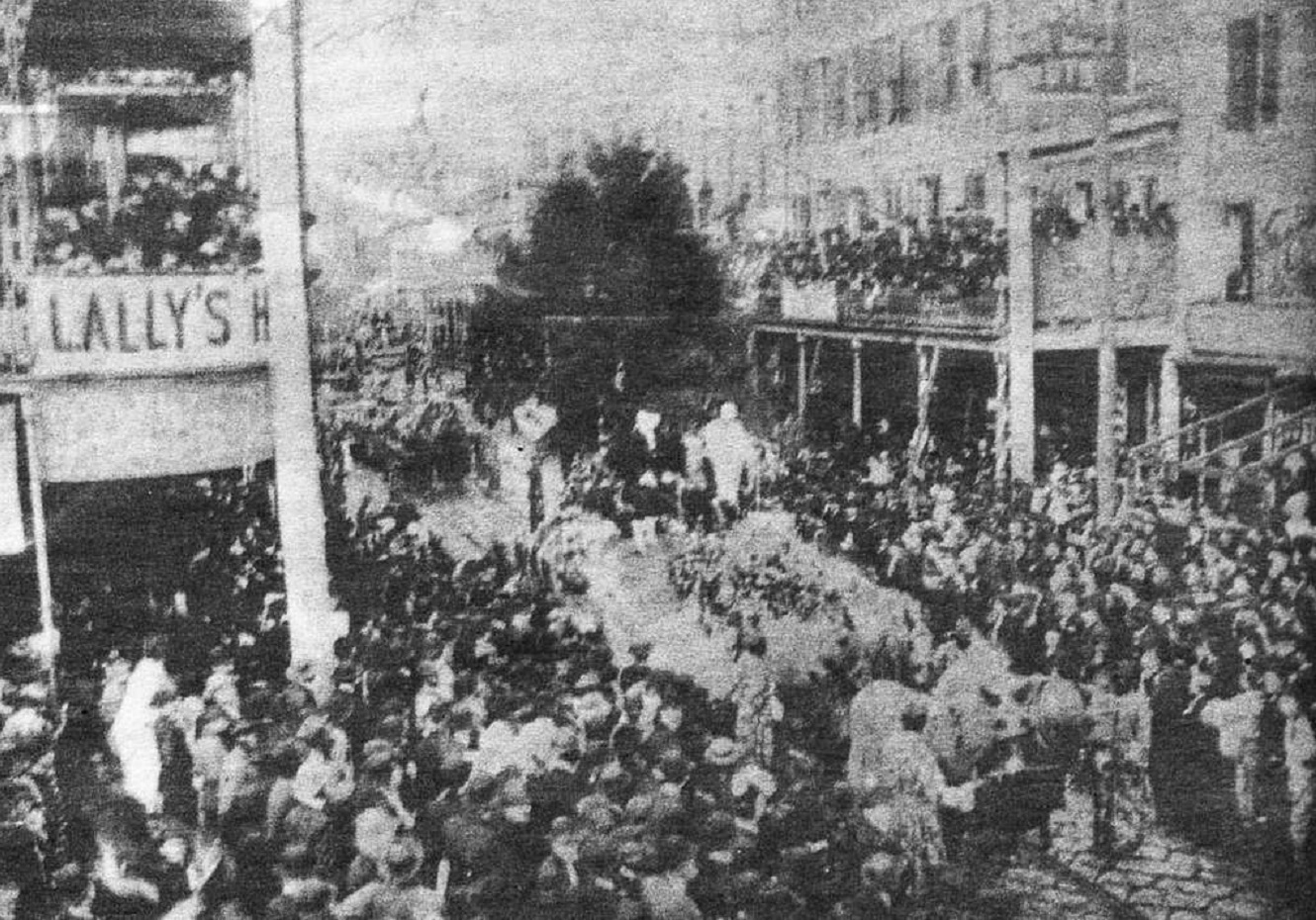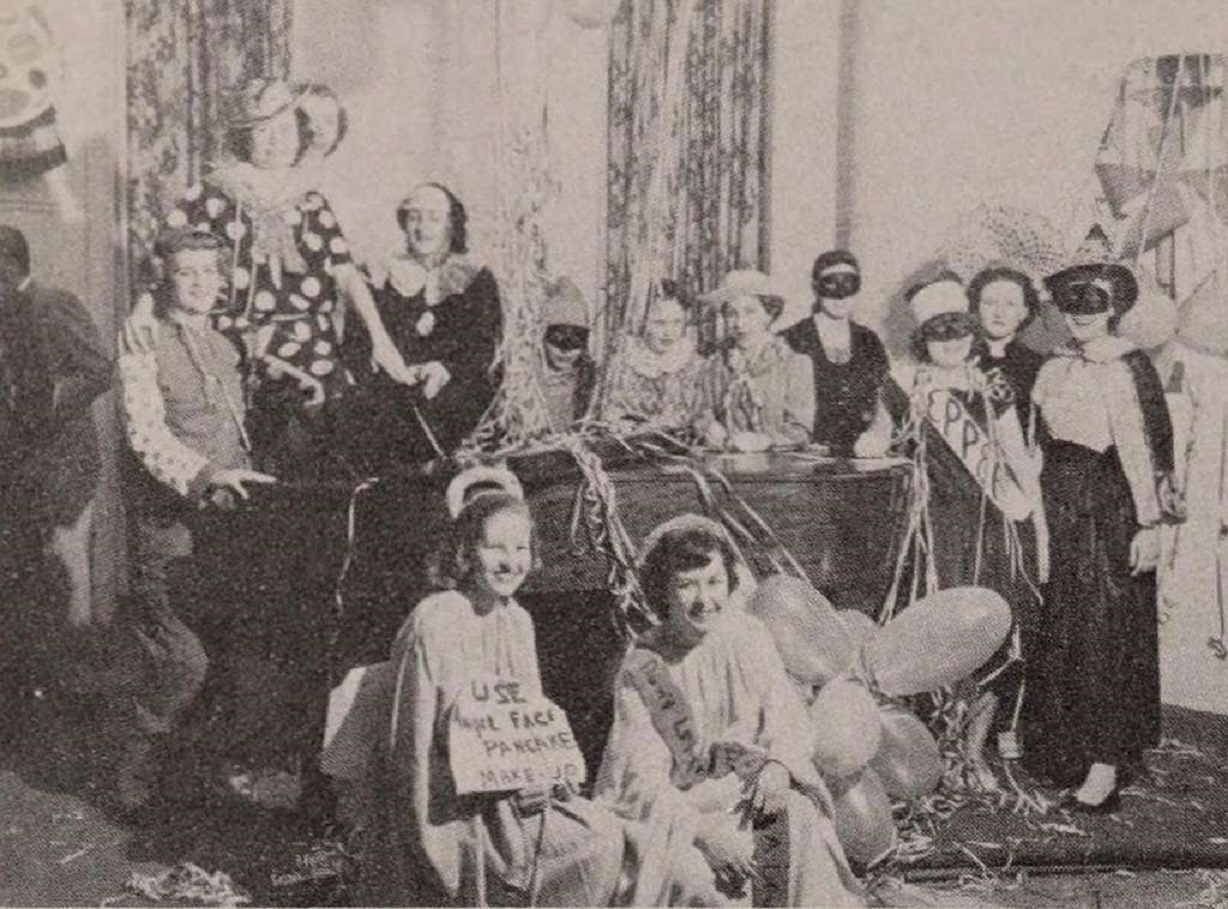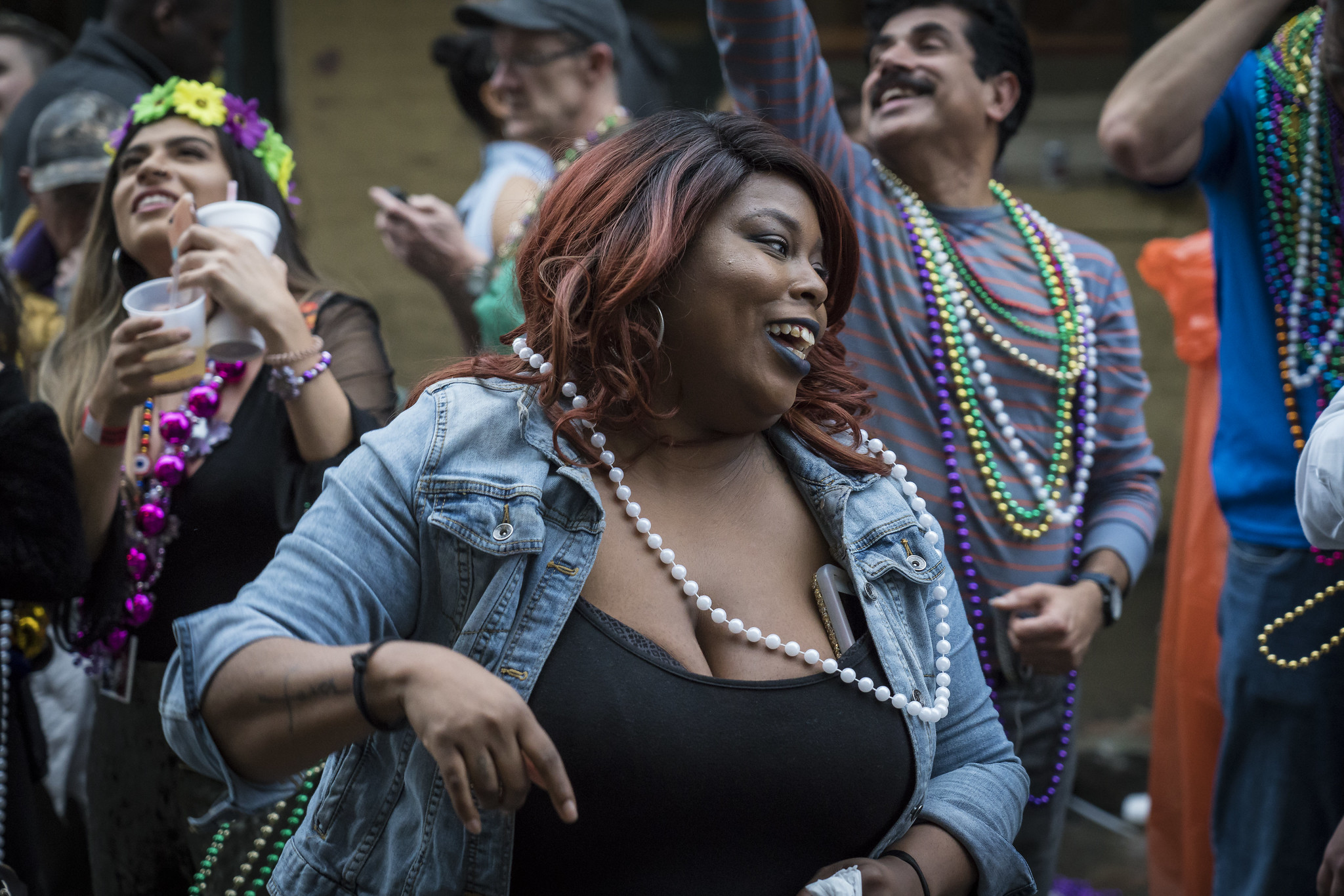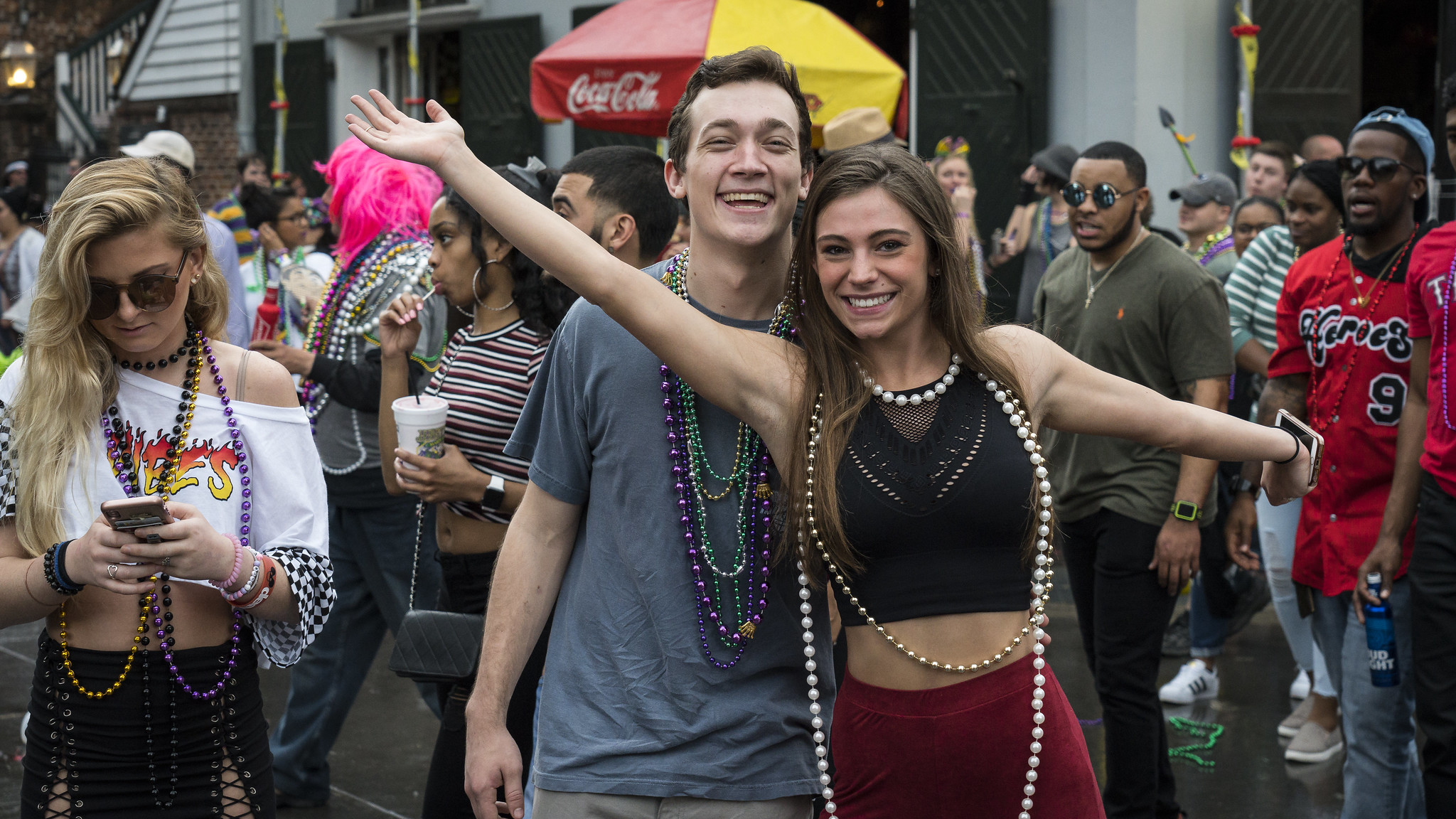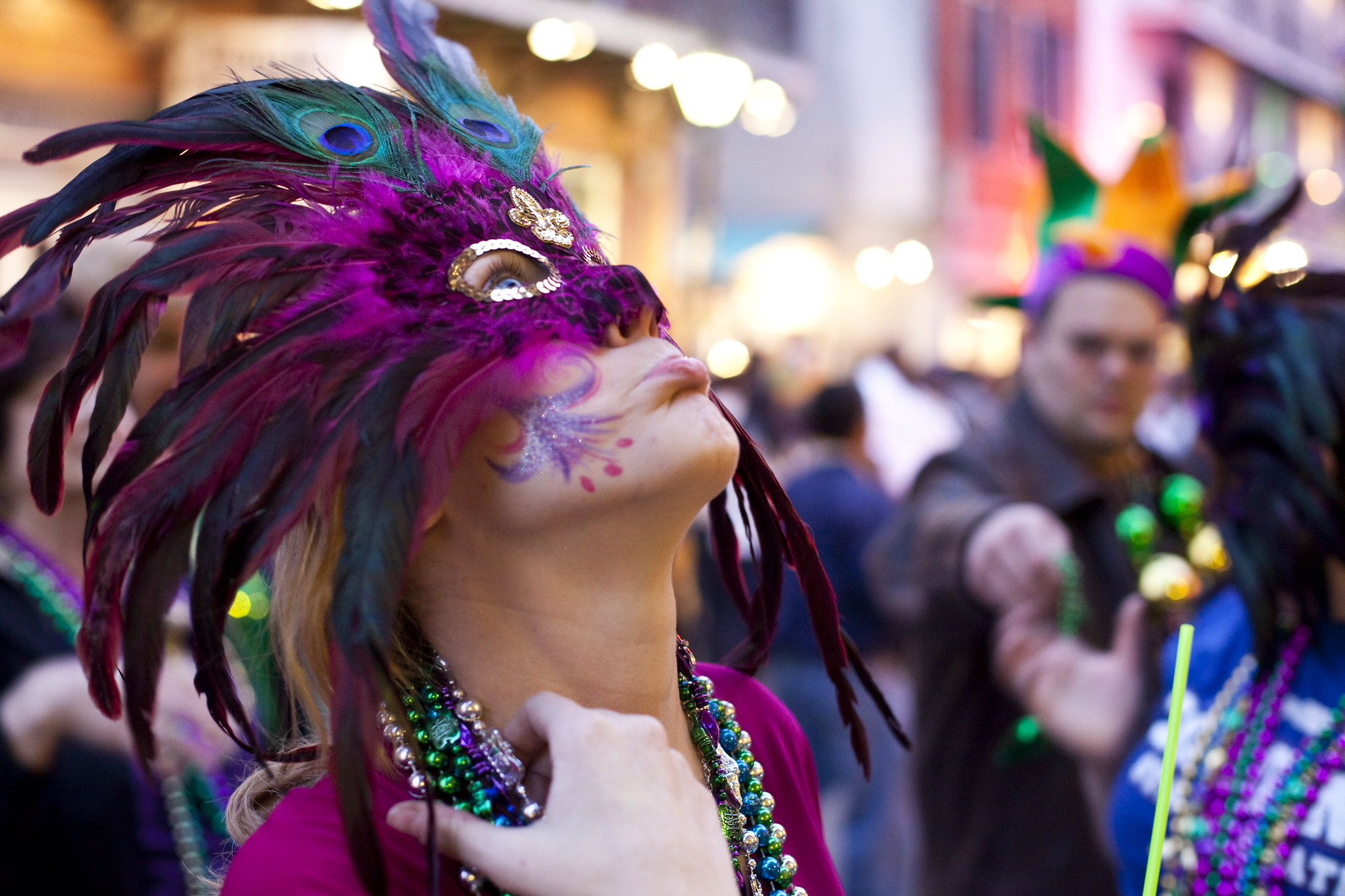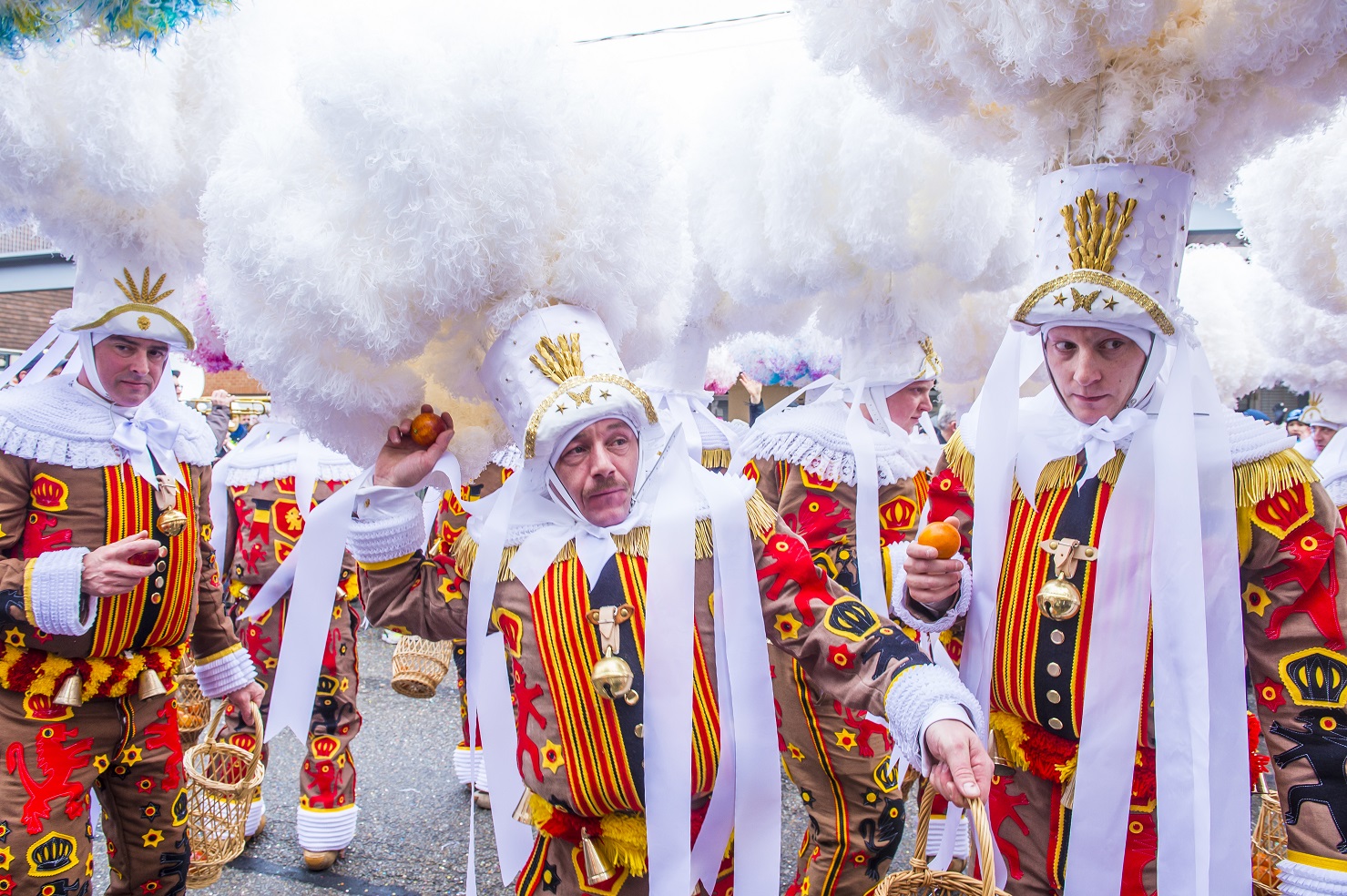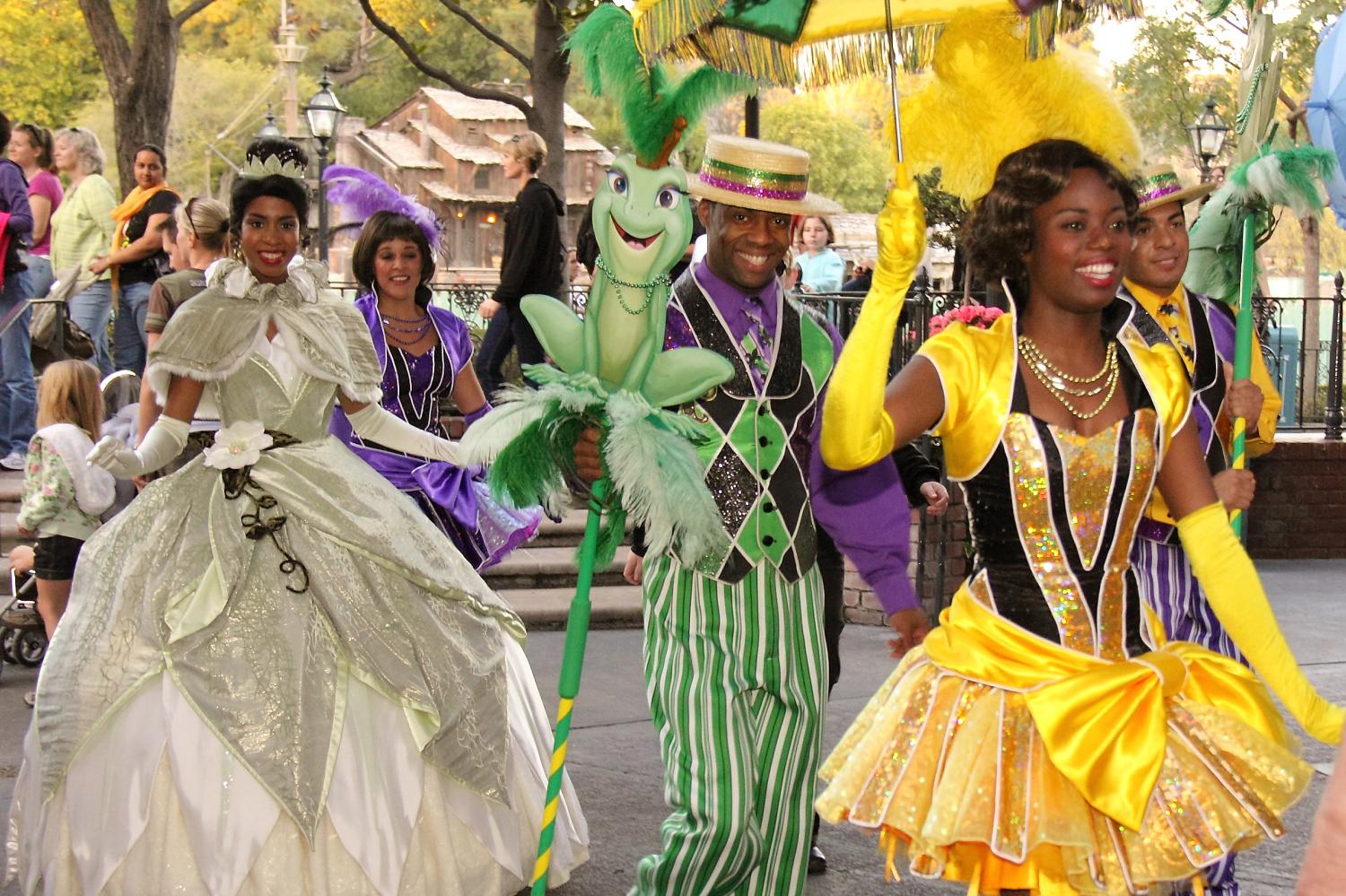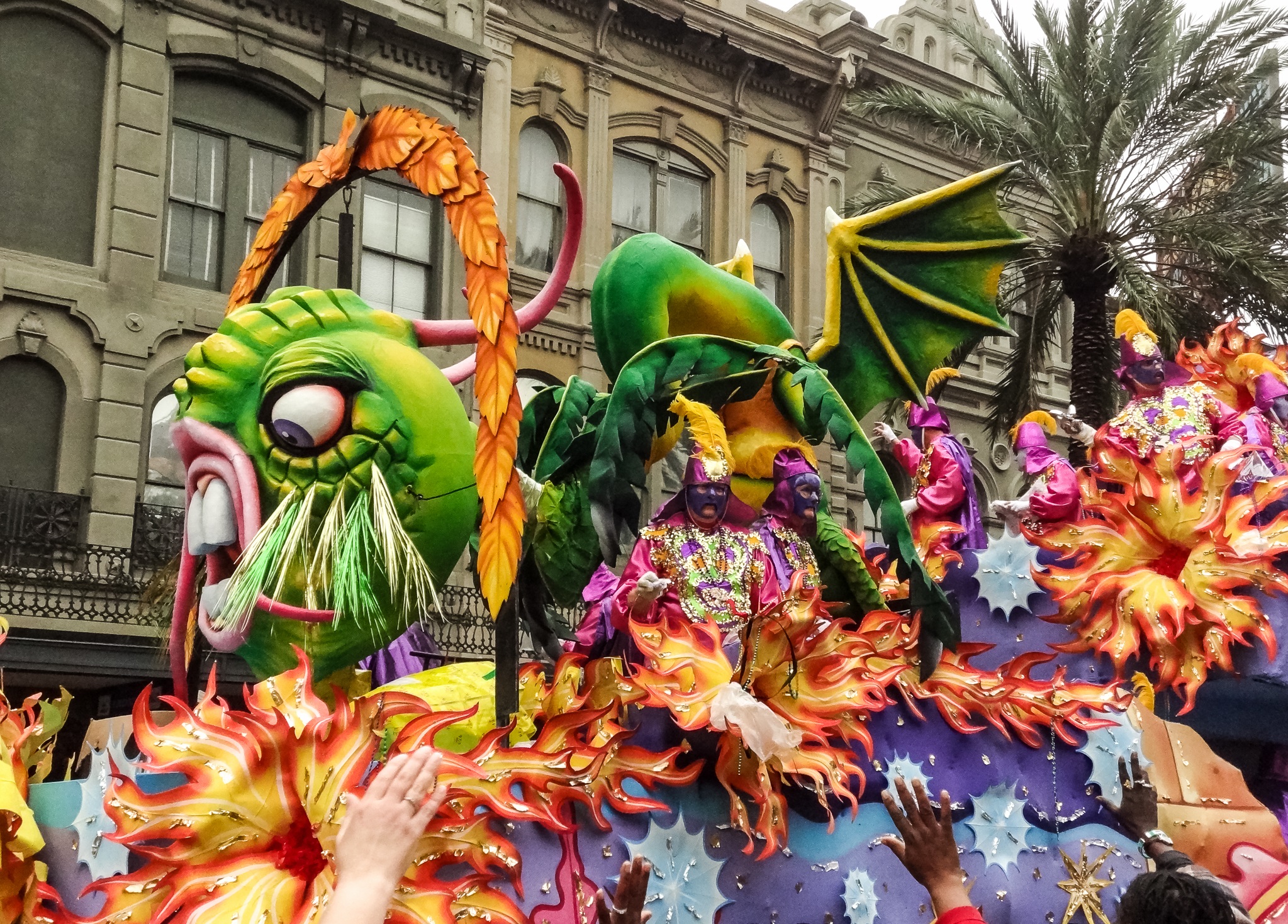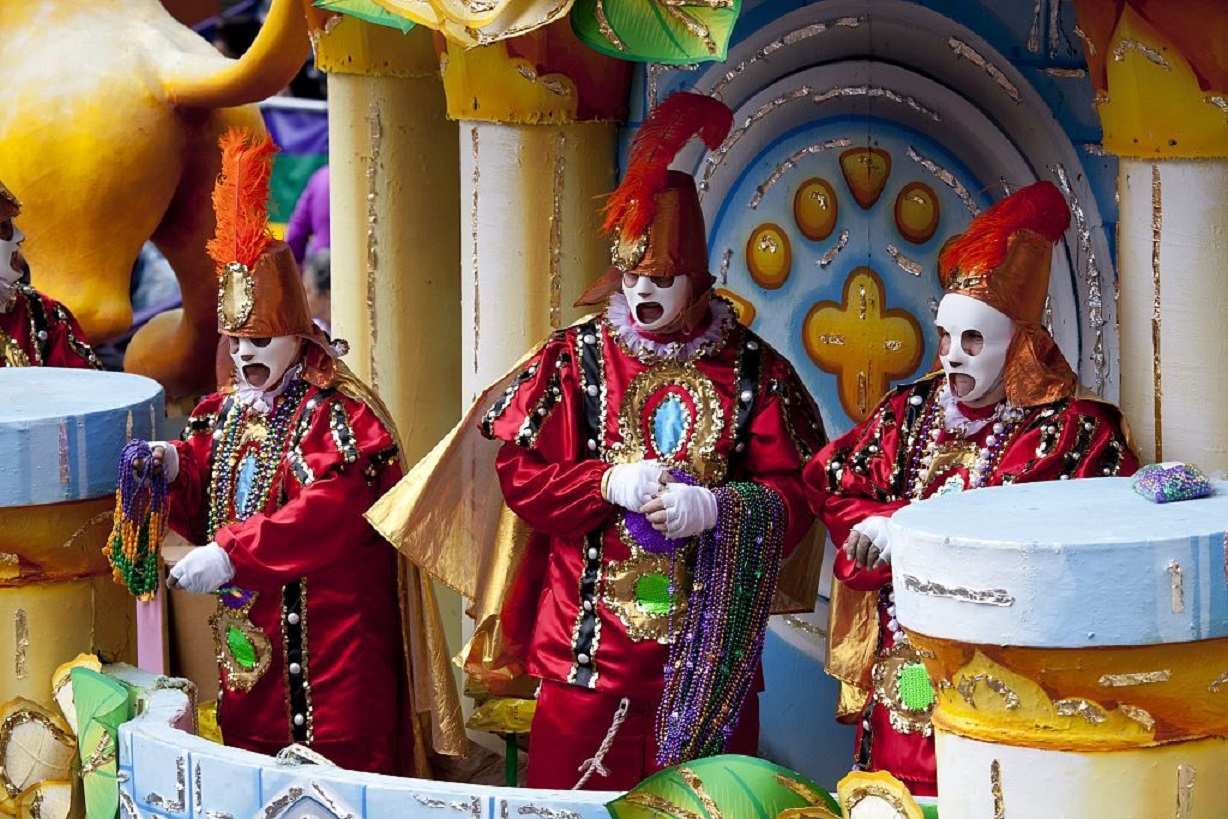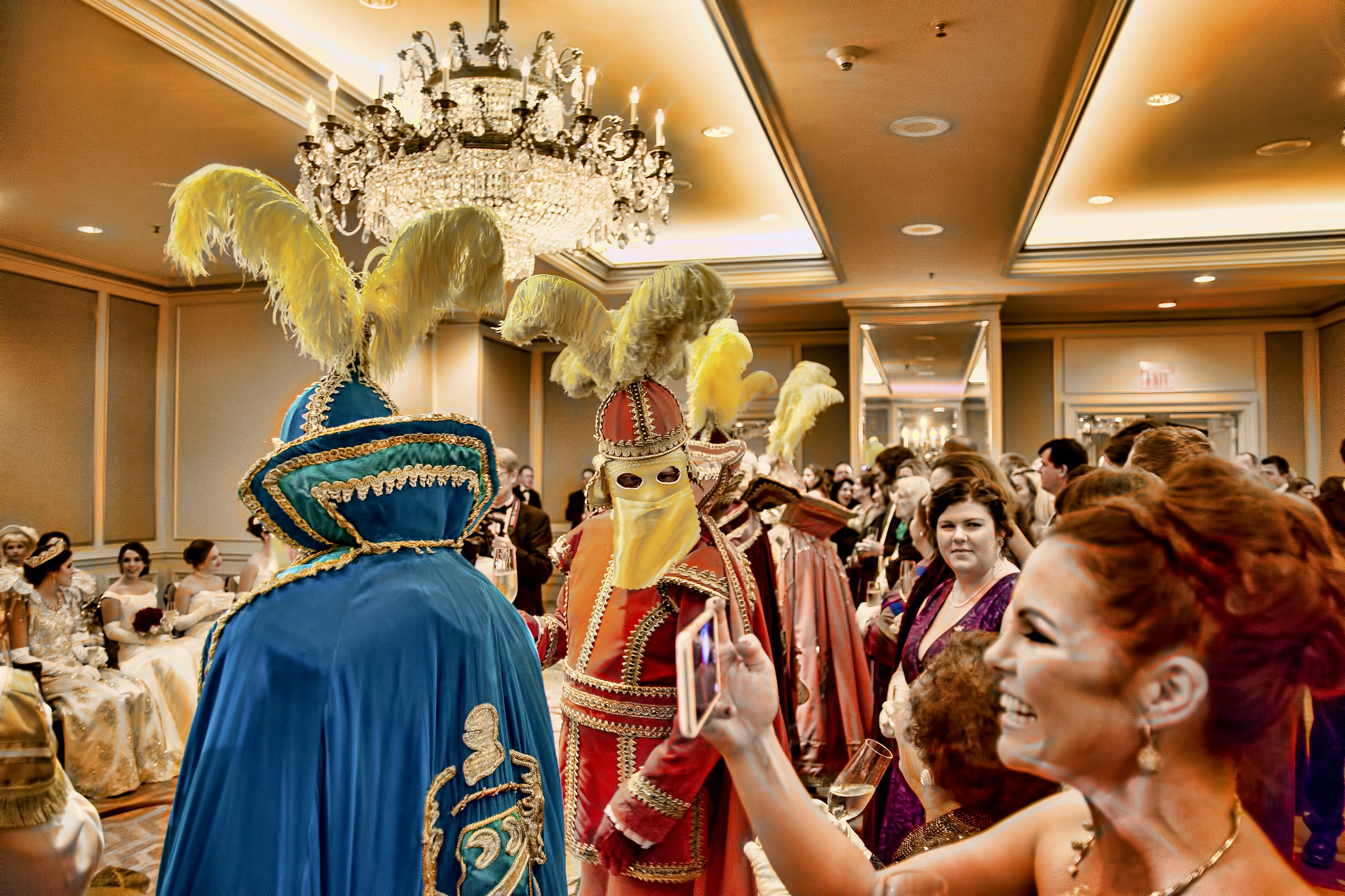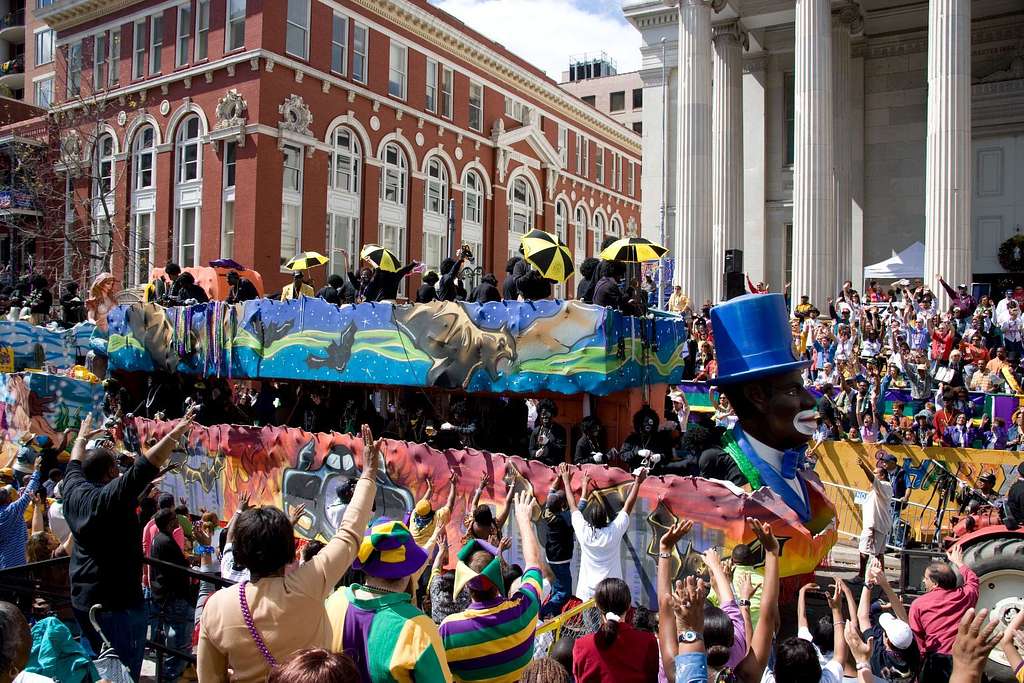The Bizarre Origins Of Mardi Gras
Mardi Gras is the ultimate celebration, world-famous for the wild parades and extravagant costumes that are key to this festival.
But how much do you actually know about the world’s greatest party?

What Is Mardi Gras?
Mardi Gras is the last celebration of Carnival, which is a festival before the Christian fasting season called Lent.
Lent is a solemn time and represent the 40 days and nights that Jesus spent in the desert. Mardi Gras is the last big celebration before people engage in more somber traditions for Lent.
Fat Tuesday
In French, Mardi Gras means “Fat Tuesday”. That name refers to all the meat and fatty food people eat that night before they start fasting.
Shrove Tuesday
In medieval times, Mardi Gras was called Shrove Tuesday.
In those days, “to shrive” meant to confess, and people used this day to atone for their sins before Lent. “Shrove” was the past tense of shrive.
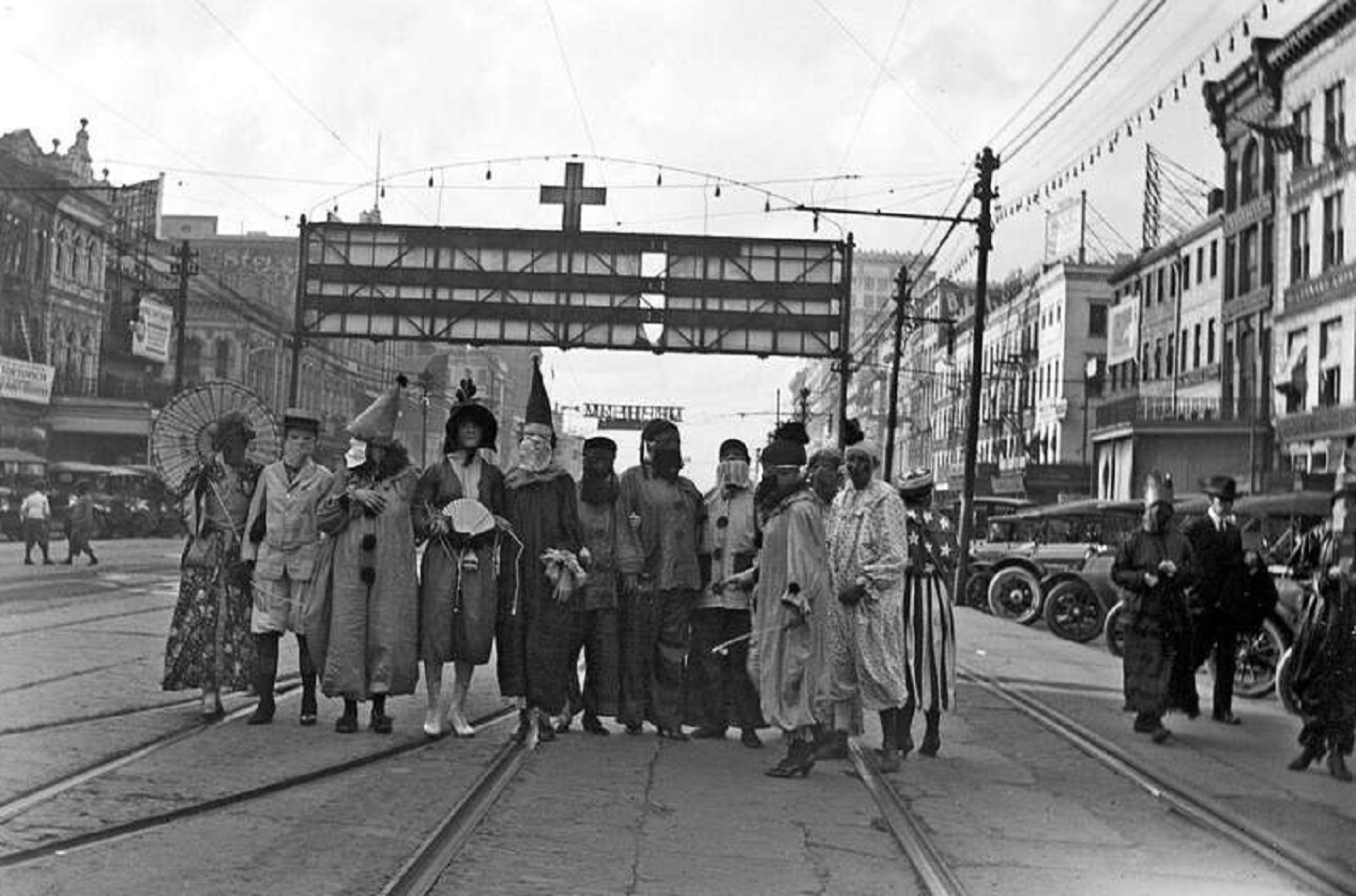 Photo by John T Mendes via [1], Picryl
Photo by John T Mendes via [1], Picryl
Pancake Day
In some part of the world, like the UK, Ireland, and Australia, Mardi Gras is called Pancake Day.
In the early days of the Catholic Church, during Lent, people were forbidden from eating foods that came from “flesh,” which included dairy, fat, and eggs.
So they would make pancakes to use up the last of those prohibited ingredients before Lent.
Party Time
The length of a Mardi Gras celebration differs based on where you are in the world. Some Mardi Gras are only held on the day before Ash Wednesday, the start of Lent.
Others last for the entire three-day period before Lent.
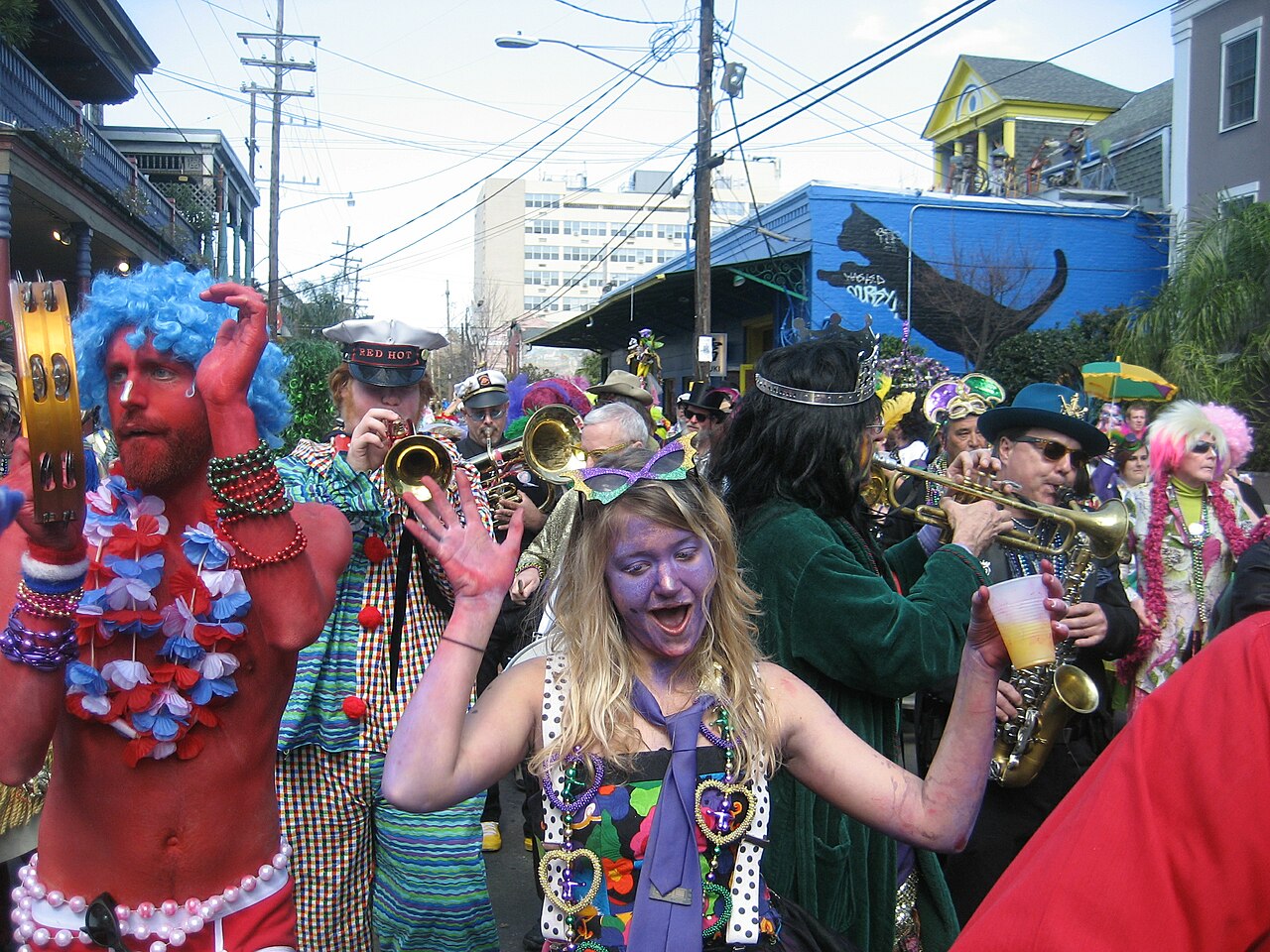 Infrogmation of New Orleans, CC BY-SA 4.0, Wikimedia Commons
Infrogmation of New Orleans, CC BY-SA 4.0, Wikimedia Commons
The Mardi Gras Krewes
The Mardi Gras floats in New Orleans are run by groups called “krewes”.
Each krewe has their own distinct theme, but they must also have a “royal court” that includes kings, queens, dukes, and duchesses.
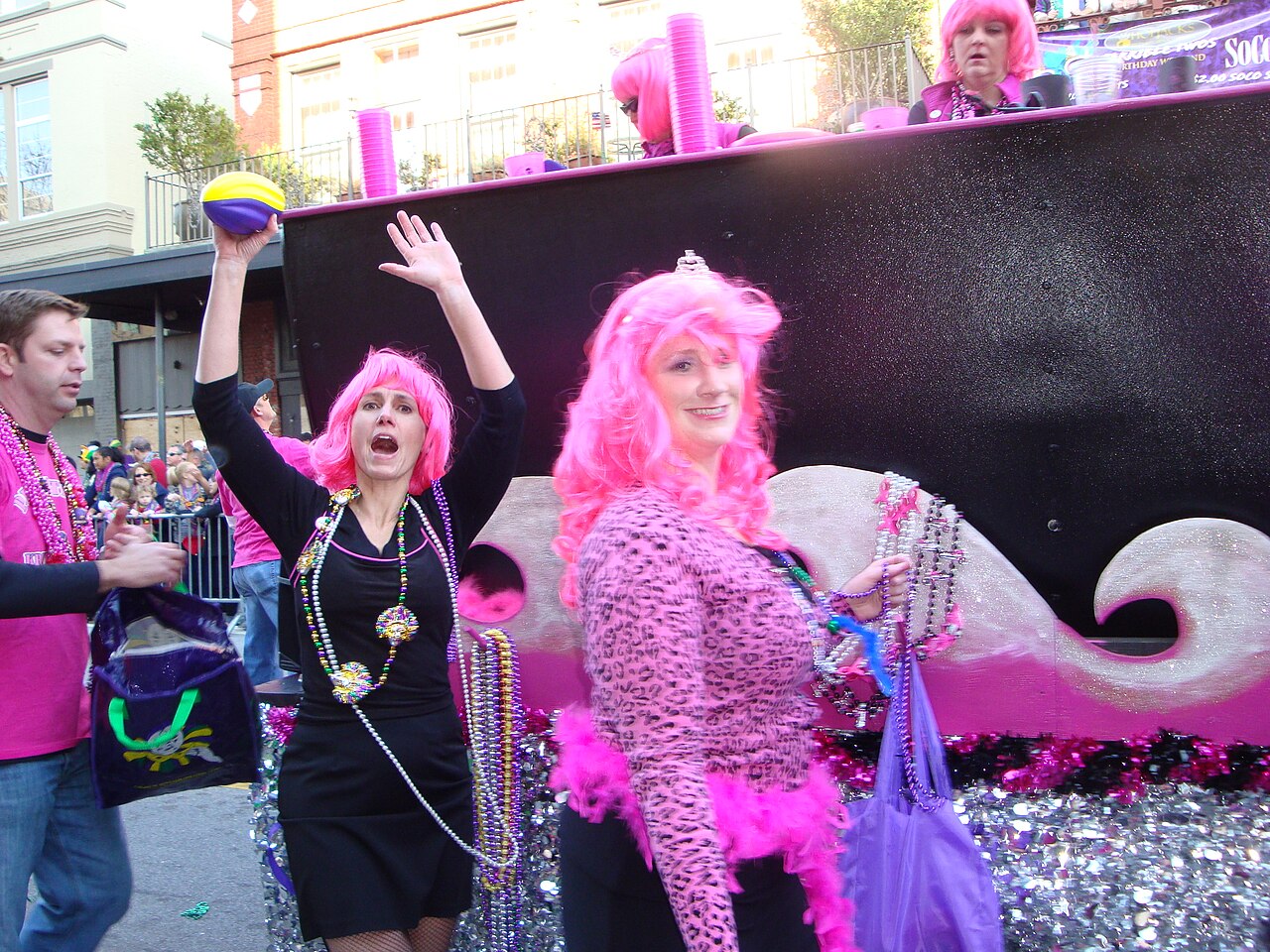 Happy Mermaid, CC BY 2.0, Wikimedia Commons
Happy Mermaid, CC BY 2.0, Wikimedia Commons
The Rex Krewe
The Rex krewe is one of the most famous krewes. This all-male group has been hosting Mardi Gras parties since 1872.
The royal colors of the Rex king—purple, green, and gold—have become tradition for the entire Mardi Gras celebration.
The Zulu Krewe
The Zulu are another famous krewe. The all-black group was formed during the days of segregation, and though it has caused controversy in recent years, the blackface that is part of the Zulu’s costume is meant to pay homage to the Zulu warriors of South Africa.
The Zulu krewe started the tradition of throwing gifts to the crowd, starting with gold walnuts.
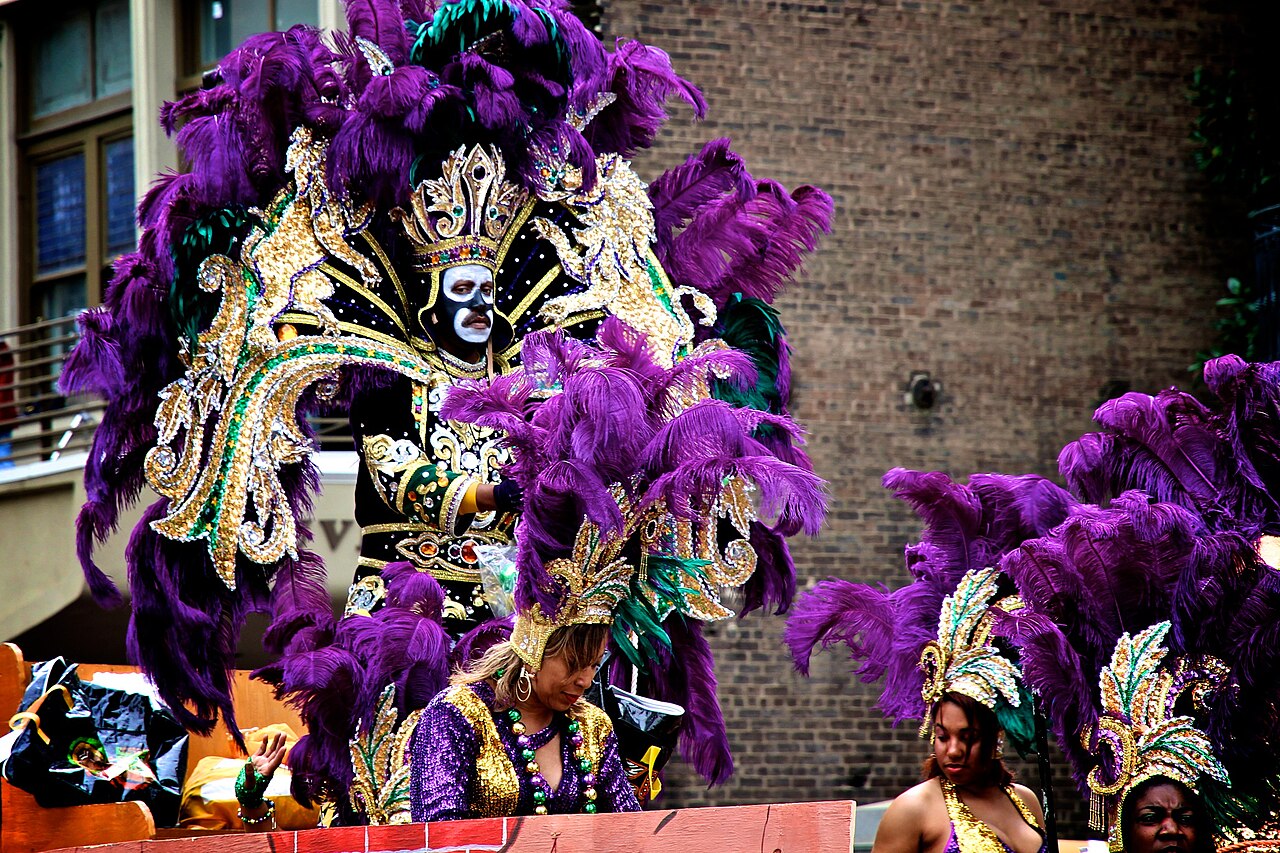 Brad Coy, CC BY 2.0, Wikimedia Commons
Brad Coy, CC BY 2.0, Wikimedia Commons
The King Cake
The king cake is the most famous dish at Mardi Gras. The colorful, circular cake is baked with a tiny baby doll in the middle, which is said to represent baby Jesus.
The person who gets the slice of cake with the baby in it gets to be king for the day.
America’s First Mardi Gras
New Orleans may be home to one of the world’s most famous Mardi Gras celebrations, but Mardi Gras in America began in Mobile, Alabama.
Journals from a French explorer named Piere Le Moyne D’Iberville, suggest he practiced a mass on the day of Mardi Gras. Pierre founded Mobile in 1702.
The First Mardi Gras In New Orleans
New Orleans’ first recorded Mardi Gras took place in 1833, but floats were not included in the parade until two decades later.
The ball themes and tableaus that are popular in the New Orleans Mardi Gras became traditions across the country and have made the city renowned for its celebration.
Harsh Critics
Mardi Gras wasn’t always a beloved celebration in New Orleans. The Spanish controlled the state from 1762 to 1800 and prohibited certain Mardi Gras traditions.
When the United States took control in 1803, they also opposed Mardi Gras, and banned the masquerade balls and the wearing of masks in public.
Mardi Gras Beads
Every visitor gets iconic souvenirs from Mardi Gras: Beaded necklaces.
Krewes started throwing beaded necklaces to crowds in the 1960s and it’s become one of Mardi Gras’ most well-known traditions.
Not So Eco-Friendy
Mardi Gras is a great party for us, but it doesn’t do much good for the environment. All the beads, decorations, and drink cups add up to a lot of trash.
New Orleans estimates that it disposes of 2.5 million pounds of garbage from Mardi Gras each year.
Sustainability Efforts
Some people have taken to cleaning up the streets after the celebrations and there are small organizations that help organize trash collection during the parade.
Some groups are even making beaded necklaces from biodegradable materials.
Mardi Gras Masks
Costumes and masks are a key part of Mardi Gras. Every culture has their own version of Carnival masks, but one of the most recognizable are the Venetian masks.
The use of these originated at the Carnival in Venice, which is said to have been inspired by a Roman festival called Saturnalia.
During Saturnalia, people wore masks to help them be completely free in their revelry.
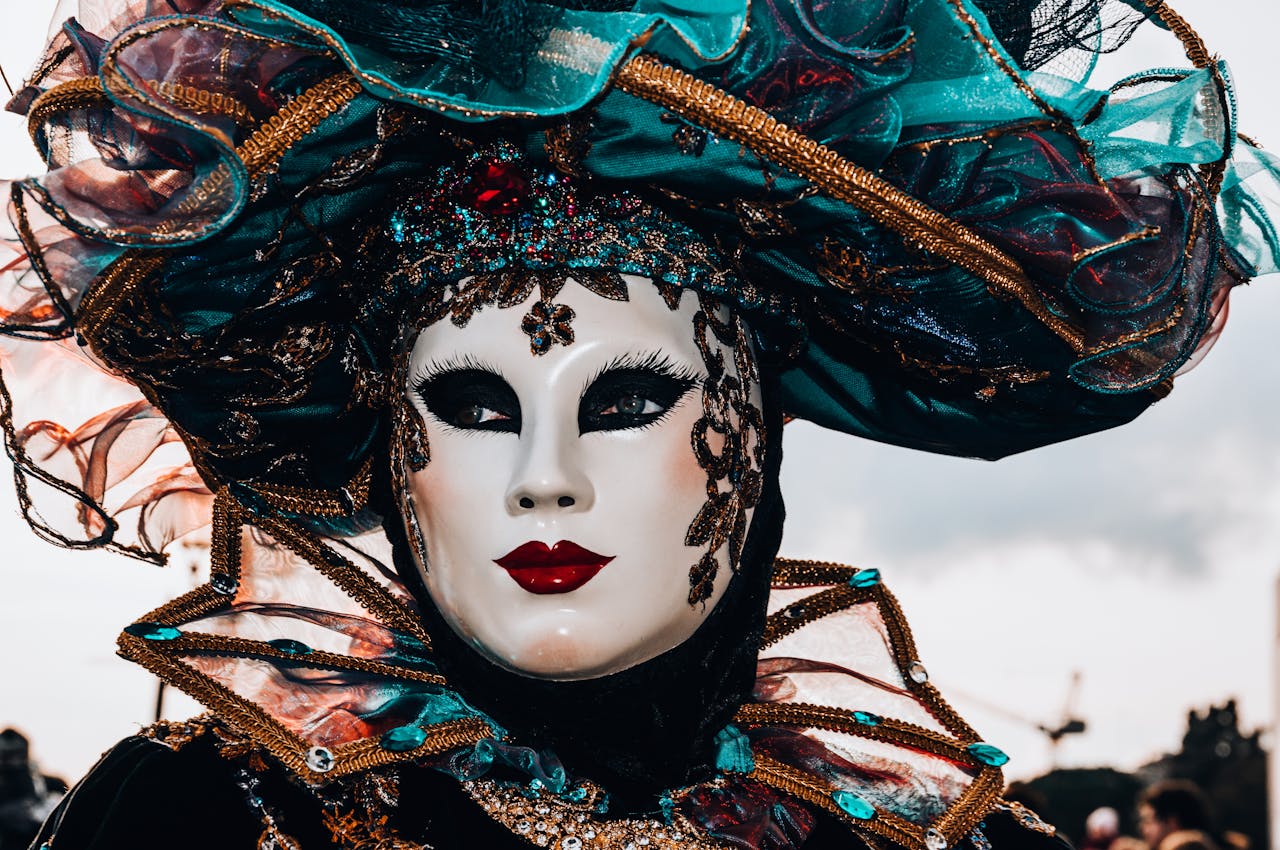 Helena Jankovičová Kováčová, Pexels
Helena Jankovičová Kováčová, Pexels
Mardi Gras Masks (cont’d)
While Venetian masks are the most-known, Mardi Gras masks come in all shapes and sizes.
Some look like animals or creatures from myths, while others look more like clowns or medieval knights. Feathers and bright colors are typical decorations for Mardi Gras masks.
The Biggest Mari Gras Celebrations
The Mardi Gras in New Orleans is one of the most popular among tourists, but the festival is celebrated all over the world.
Venice and Brazil also have carnival festivities that attract up to 3 million visitors each year.
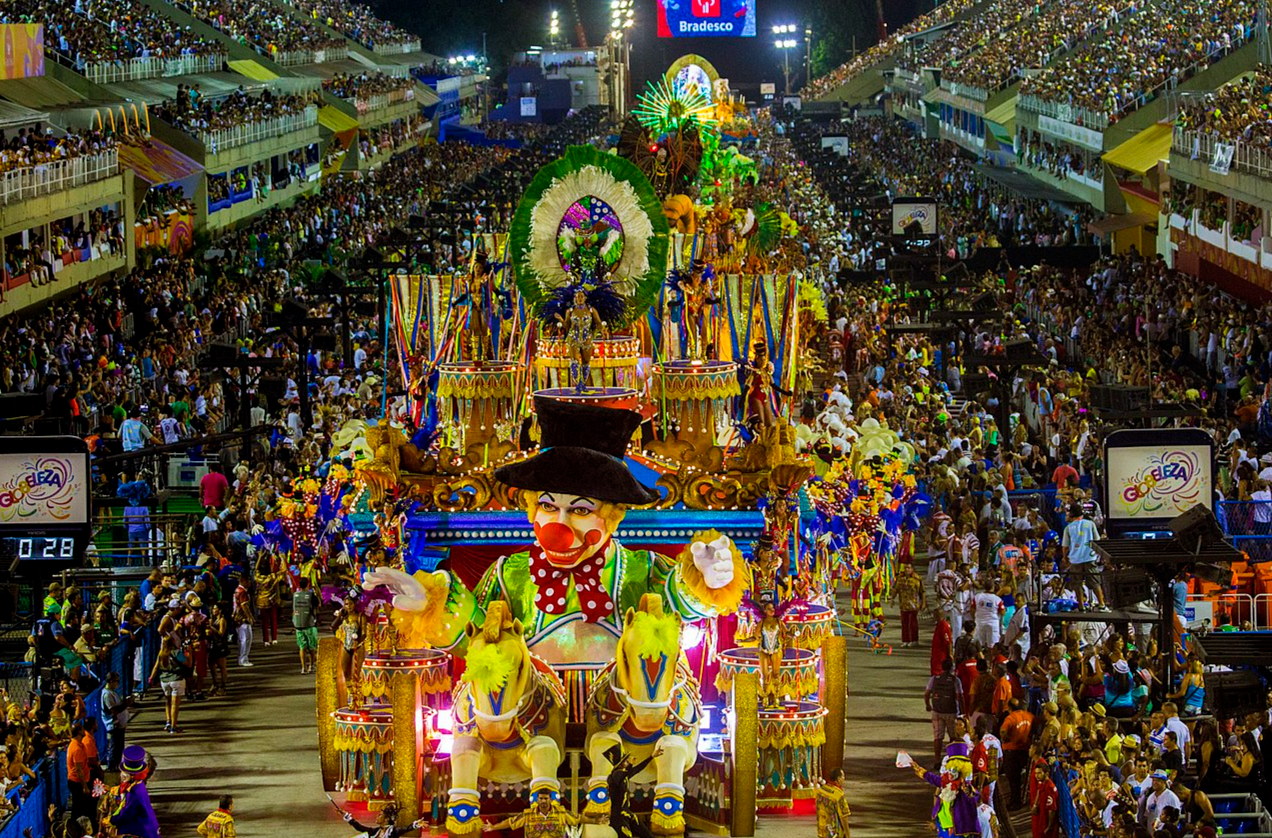 Terry George, CC BY-SA 2.0, Wikimedia Commons
Terry George, CC BY-SA 2.0, Wikimedia Commons
A Strange Tradition
Belgium has one of the most unique Mardi Gras traditions. During the parade, the performers throw oranges at the crowd.
This odd custom is also observed in the Italian town of Ivrea, which hosts an epic Battle of the Oranges each Mardi Gras.
Ancient Origins
There is a popular belief that Mardi Gras was inspired by ancient Roman traditions to celebrate spring and fertility, like Saturnalia and Lupercalia.
But many historians say the festivities originated with the Catholic Church. The Church wanted to discourage eating meat bedroom action during lent.
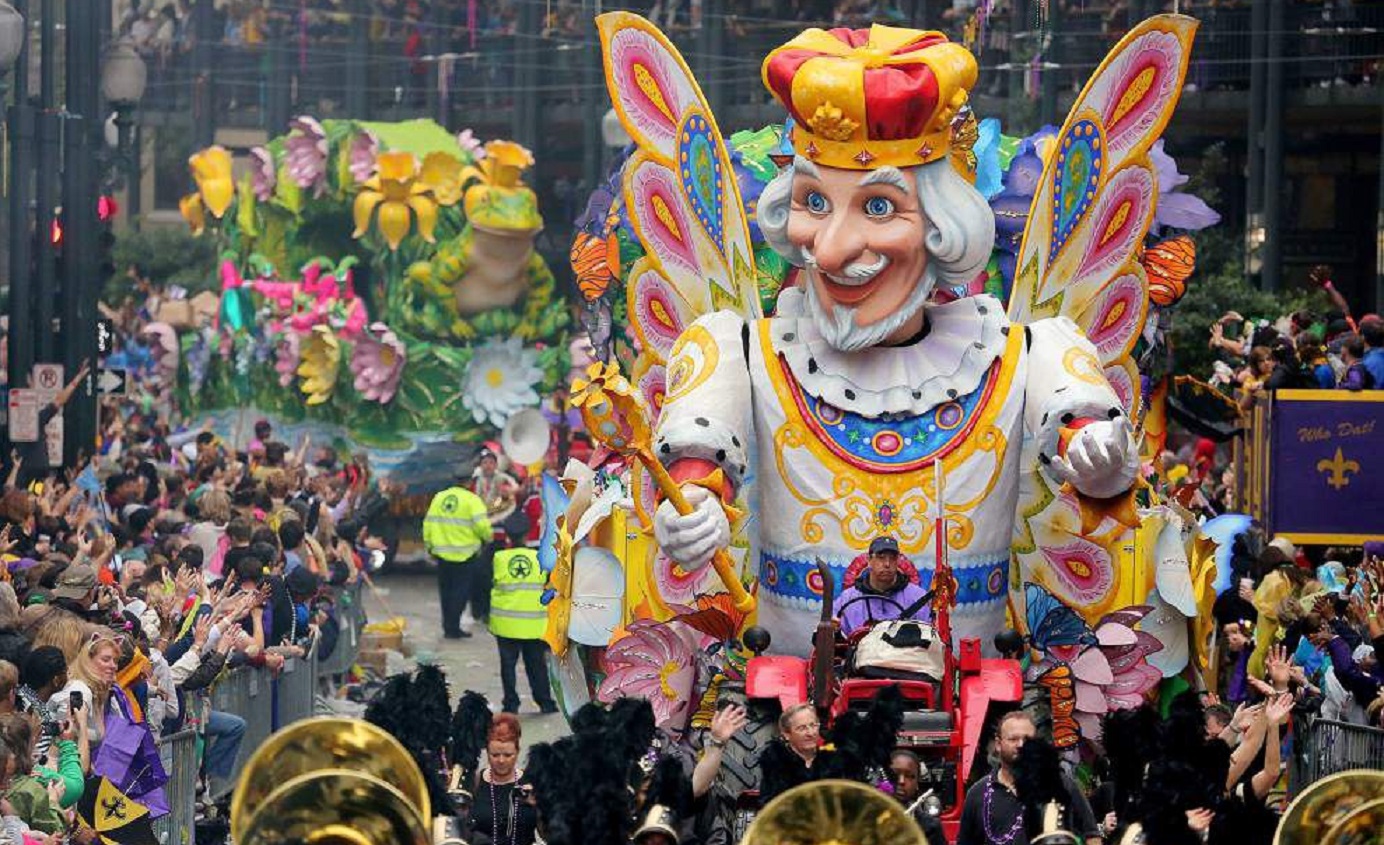 Janis Johnson, CC BY-SA 4.0, Wikimedia Commons
Janis Johnson, CC BY-SA 4.0, Wikimedia Commons
The Mistick Krewe Of Comus
The Mistick Krewe of Comus was the first Mardi Gras krewe in New Orleans. It’s said that they began as a secret society in the late 1850s.
At the time, Mardi Gras was losing popularity. The Mistick Krewe of Comus changed all that by hosting a grand ball and introducing floats to the parade.
 Unknown Author, Wikimedia Commons
Unknown Author, Wikimedia Commons
More Krewes Are Made
Other secret societies took after the Mistick Krewe of Comus and came up with their own krewes. At the time, secret societies were exclusive to the demographics they served, and there are still all-male, all-female, and all-Black krewes today.
There are also many interracial and co-ed krewes, and each has their own distinct float during the parade.
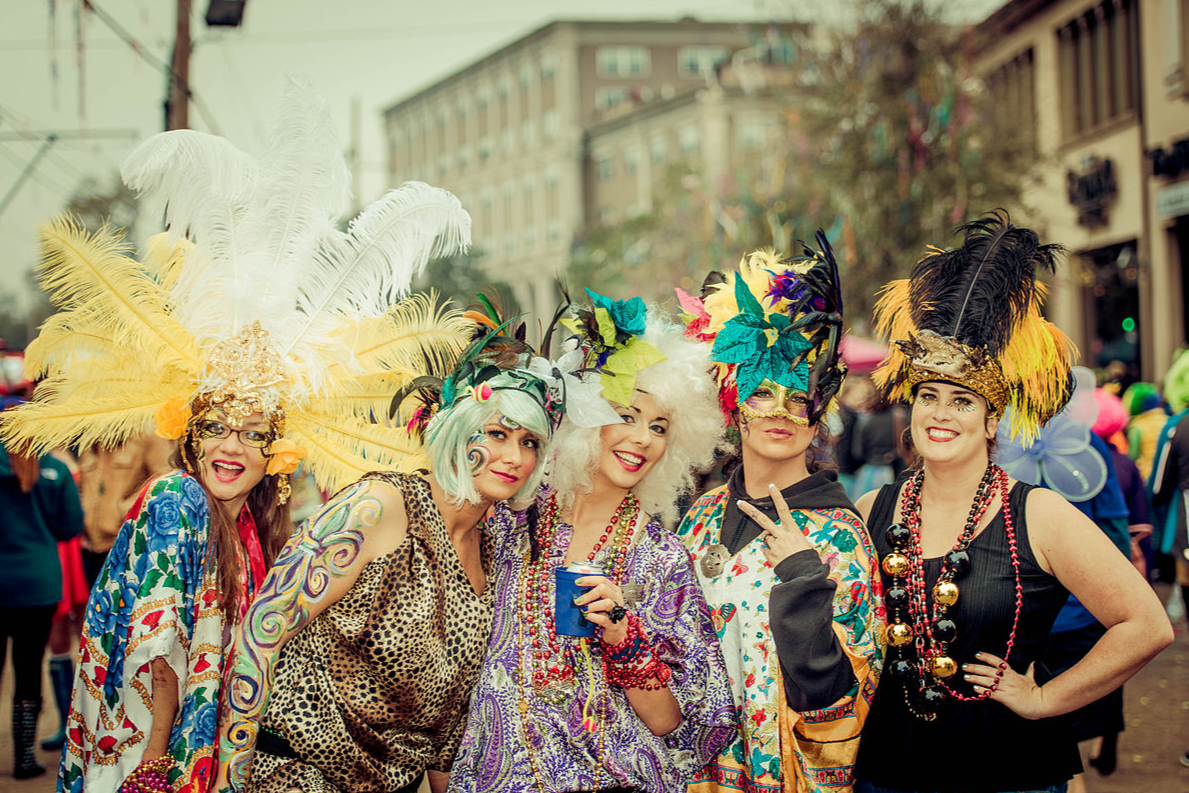 thepipe26, CC BY 2.0, Wikimedia Commons
thepipe26, CC BY 2.0, Wikimedia Commons
Krewe Themes
The krewes decorate their floats and make their costumes according to a theme, which changes every year. Many krewes start working on their floats for the following year right after Mardi Gras ends.
Colorful Meanings
In 1982, twenty years after they made green, gold, and purple traditional colors at New Orleans’ Mardi Gras, the Krewe of Rex gave the colors a deeper meaning.
Since then, green has represented faith, gold represents power, and purple represents justice.
Where To Watch Mardi Gras
Mardi Gras is a popular festival for New Orleans locals and tourists alike. While it is one big party, certain parts of the celebration are far less PG than others.
If you’re looking to make your Mardi Gras more family-friendly, stay uptown during the parade. If you don’t mind a little skin, head over to the French Quarter.
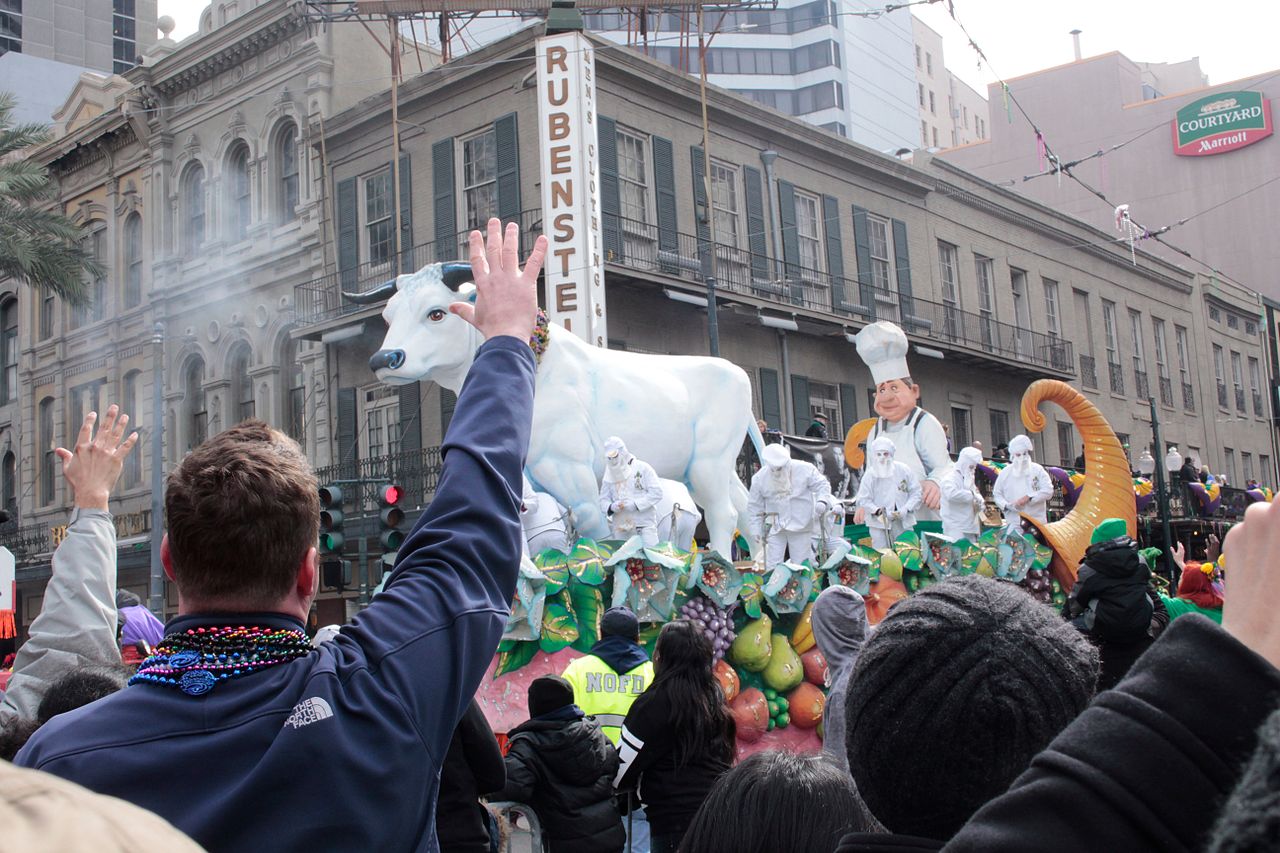 mike connor, CC BY 2.0, Wikimedia Commons
mike connor, CC BY 2.0, Wikimedia Commons
Legal Requirements
Masks are more than a tradition at New Orleans’ Mardi Gras; they’re also required by law. Everybody on a float has to either wear a mask or have their face painted.
This is said to have originally been a way to encourage people to interact with those outside their social circle, with their true identities hidden.
Gimme More
Krewes throw beads throughout the parade, but if you want them to throw something right to you, you’ve got to say the magic words: “Throw me something, mister!”
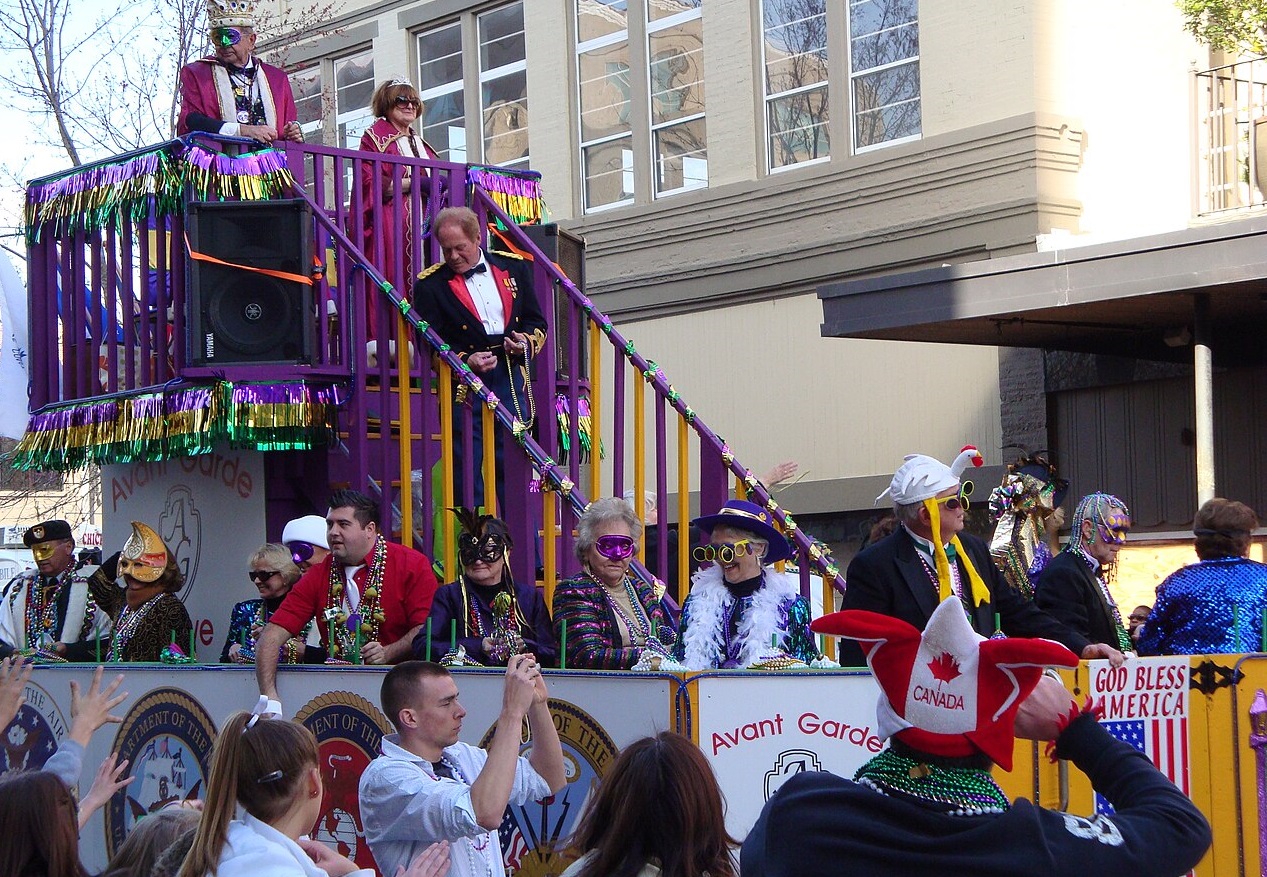 Happy Mermaid, CC BY 2.0, Wikimedia Commons
Happy Mermaid, CC BY 2.0, Wikimedia Commons
Members Only
Many krewes are strict about who they let into their ranks, so it’s really hard to get a spot on one of the floats.
That’s because they pay hefty membership fees and spend a lot on costumes, beads, and everything for their float.
If you know someone on a krewe and they take a break, you might be able to take their place, but you’ll have to pay for it.
 anoldent, CC BY-SA 2.0, Wikimedia Commons
anoldent, CC BY-SA 2.0, Wikimedia Commons
Mardi Gras Balls
After the Mardi Gras parade, krewes hosts elaborate balls.
Getting an invite to these exclusive parties is difficult, but New Orleans is full of great places for you to continue the celebration long into the night.
Final Thoughts
While the origins of Mardi Gras may lie in religious traditions, the celebration has evolved into one of the world’s wildest festivals. Mardi Gras is celebrated in many cool cities around the world, so there are lots of opportunities to experience the fun for yourself.


